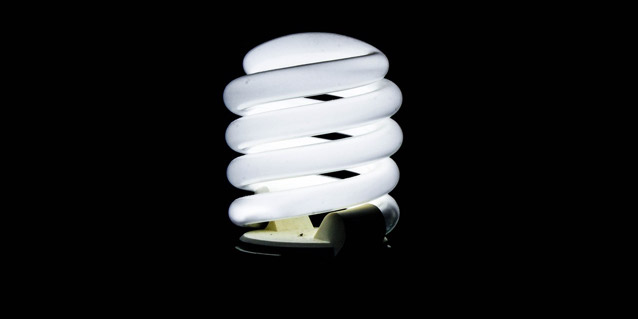EMA License: 9/21140 | Open 9am - 6pm | Monday to Saturday | Call 84193988

What’s the Difference Between AC & DC Power?
Ever wondered where the famous band AC/DC got its name? There are two main types of electrical currents that are used to power our devices: AC and DC power. Both of these types are very different, yet both can successfully provide ample power to energize your devices and appliances.
In this article, we’ll be taking a look at the differences between AC and DC power. Certain currents and electrical components may require one type of power, while different devices may use the other. In Singapore, AC current is preferred. Reading the article below by our electrical contractors, you can understand why AC currents are used in Singapore, as opposed to DC currents.
What is AC Power?
AC power, also known as alternating caurrent, is where the flow of electricity changes directions every once in a while. That’s why the voltage level reverses to change with the current direction the energy is flowing in.
AC power is generated using an alternator device. It is specifically designed to produce alternating current, so it cannot produce DC currents. It uses magnetism to make the currents go forward and reverse in alternating motions. It makes the flow of energy a bit more stable, which is why it is preferred in most countries around the world.
AC adapters are adapters that can convert DC into AC current. Many portable devices use AC adapters to safely convert currents into something more usable by the device. A lot of devices cannot use DC currents directly.
A list of AC adapters include:
- Cell phone adapters
- Flashlights
- Flat screen TVs
- Electric cars
AC may not be able to produce as high of a voltage level as DC, but it is still the more common form of electrical current due to its safety components and the ability to control its flow of energy.
What is DC Power?
Also known as direct current, DC power works the opposite way as AC power as it stimulates the flow of energy in a single direction. It is often called unidirectional energy. Think of it like water coming out of a faucet. It is pushed outward in one direction, causing a steady flow of water, or, in this case, electricity.
It is a bit trickier to generate DC power than it is AC power. Common electrical elements such as batteries provide direct currents, but there can be other forms of generating this kind of energy as well.
For example, an AC generator can be equipped with a commutator to transform the energy into a direct current. There are also rectifiers that convert AC to DC power, but a lot of companies and countries find this to be a risky conversion tactic, when you can simply just use one type or the other to suit your needs.
DC power provides a high level of voltage, and that level is consistent over time. For example, if a DC-powered device produces 1.5 volts of electricity, it will always provide 1.5 volts as long as it’s running. In the case of batteries, they can die over time, but the amount of voltage it produces does not decrease or run low.
With most DC sources, not including batteries, power plants need to be fairly close by to provide direct currents. This is why some cities and regions do not desire DC currents, because they do not want power plants too close to their homes.
Why is AC Power used in Singapore?
AC power is used in Singapore because it provides a less powerful yet more consistent availability of energy. DC energy can sometimes be too powerful, and direct currents are far more difficult to generate than AC power. This is why AC current is the norm in Singapore, and any device that doesn’t use AC current will require an adapter.
AC generators and power plants can be more spread out, too. This way, people are able to build cities and districts without having to worry about getting access to consistent energy. Since it is easier to provide AC currents, this makes them more accessible.